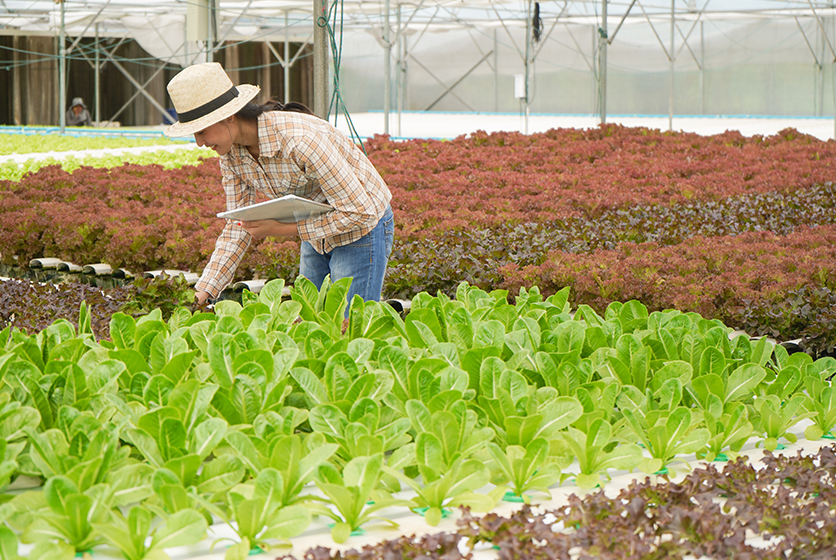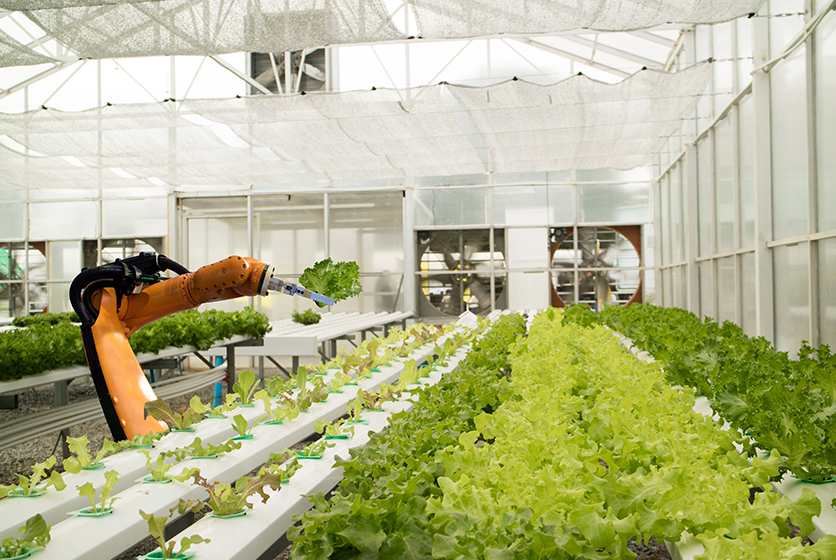Farming as a Service
Cloud computing, the internet, Big Data and so many more terms have entered everyday lives in a significant way. And technology has made it possible for sellers to deliver almost anything ‘as a service’ over a network. This is very different from the traditional model of delivering products on location. Such is the omnipresent nature of these ‘deliveries as a service’ that there is a term that encompasses them all - aaS which basically means ‘anything as a service’.
It stands to reason, therefore, to talk about FaaS or Farming as a Service and how it is changing things in the Indian agriculture sector as well.

The need for FaaS in agriculture
Agriculture in India recorded positive growth despite the pandemic. And it touched the 20% mark when it came to its share in the GDP. This is cause for great cheer indeed! However, India has a long way to go when it comes to global ranking for agriculture productivity.
India also faces multiple challenges:
- Heavy dependence on rain water
- Lack of access to technology
- Growing demand for food
- Climate change
- Supply chain complexities and
- Resource availability - arable land and labour
There is a lot of work going on at various levels (institution, individual, government etc) to improve things and this is where FaaS is emerging as a strong support system.
Key differentiators
FaaS aims to make farming more efficient by:
- Reducing the fixed costs for a farmer and offer a pay-per-use alternative
- Sharing relevant and real-time information with the farmer
- Connecting farmers to markets across the country and give them the best prices available for raw materials and produce
- Speeding up innovation in the production of farm equipment and
- Creating more value in supply chain management as well
These are just a few of the areas in which FaaS can make a difference.
The players
There are big & small companies and startups too in the FaaS sector in India. For instance, Mahindra & Mahindra, and TAFE are testing out models where farmers only pay for the equipment they use. Other startups such as Ninjacart & Agribolo are delivering support to farmers by:
- Improving links to marketplaces
- Connecting them to retailers directly and
- Implementing models such as farm-to-mill or farm-to-warehouse
Some of the solutions provided by FaaS eliminate intermediaries and thus a farmer (and end user of their produce) can get better control over the supply chain and prices too.
Problems such as price fluctuations, inefficiencies in distribution and non-availability of reliable information can be eliminated or at least handled in a more effective manner when there is democracy of data. And this is at the heart of FaaS - empowerment of the farmer with accessible and affordable solutions.

It should be interesting to watch the growth of this technology, especially because the government has also placed a lot of emphasis on ‘digital agriculture’. Thus, Farming as a Service solutions are helping farmers with data driven decisions, better utility services, optimisation of labour services, allowing a farmer to rent equipment rather than buy the same and are giving farmers direct access to markets for seeds, fertilisers, end users and more.



